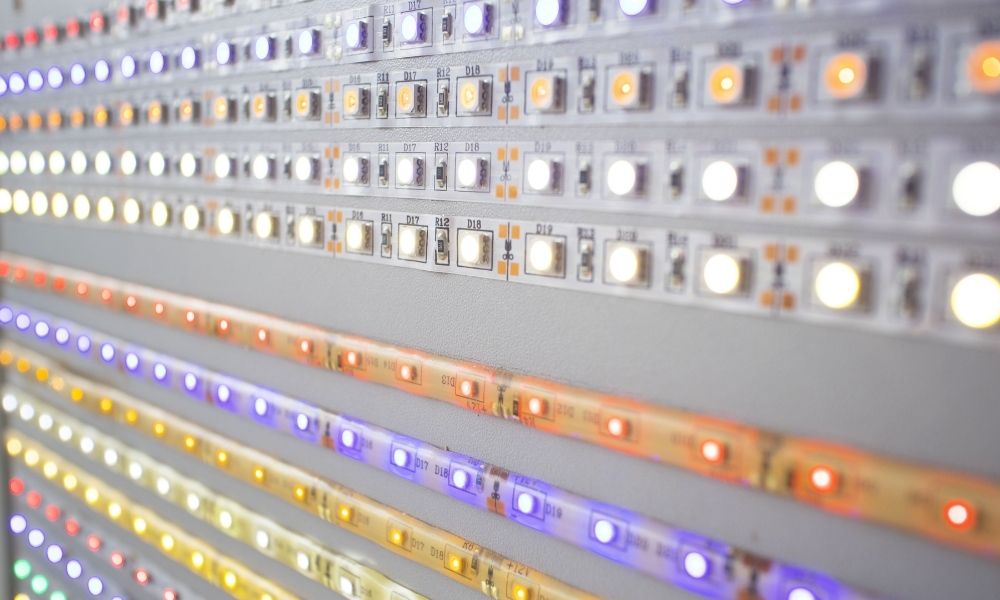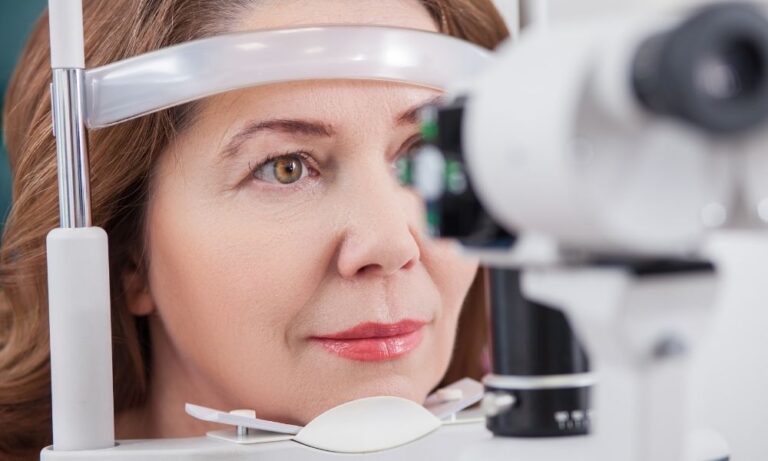Thinking back to your third grade school supplies list, you may remember—among the familiar paper, pencils, and color-coded folders—a new tool: the protractor. This little half-circle stencil taught you some early lessons about how understanding angles is an important part of geometry.
Of course, a protractor can only take you so far. For more advanced angle-measurement tasks, that little piece of plastic from the drugstore gives way to a more sophisticated tool. The goniometer—Greek for “angle measure”—improves upon the protractor by implementing movable arms for more precise measurements. We use goniometers in chemistry, physical therapy, and even the measurement of crystals. More pertinently, special goniometers are useful for measuring the angles of light from LEDs. Is an LED’s scope too wide? Too narrow? Read ahead for more information on the importance of angle measurement in LED testing.
When We Need To Measure Light Angles
The LED bulbs consumers buy for their floor lamps and ceiling lights typically don’t require goniometric testing. Rather, this testing has newfound importance with the rise of LED lighting in municipal applications. As older light technologies yield to LEDs along busy city streets, it’s critical for the new lights in these fixtures to have a sufficient angle to keep roads illuminated and ensure pedestrians’ safety. Studio lighting, which focuses its beams onto the stage, also requires ascertaining the strength of an LED’s beam of light. In such instances, tests go beyond simpler measurements of luminous flux.
How We Use Goniometers
Just as a standard goniometer is more complex than a child’s protractor, a goniometer for light measurement is, in turn, more complex than other models. Goniometers from Gamma Scientific measure angle-dependent radiation using DC-motor-powered mechanisms for maximum precision. They also work in concert with photometers and spectroradiometers to provide a full complement of relevant information regarding LED lamps and light fixtures. Moreover, Gamma Scientific’s goniometers are also compatible with our proprietary LightTouch software, which takes the information from measurements and synthesizes them into full reports.
Look To Gamma Scientific
Angle measurement in LED testing is just one aspect of a comprehensive calibration procedure. Gamma Scientific also specializes in light sensors, spectroradiometers, and integrating spheres for measuring luminous flux, color, and angle. Explore Gamma Scientific further to learn how you can guarantee effective LED lighting.





